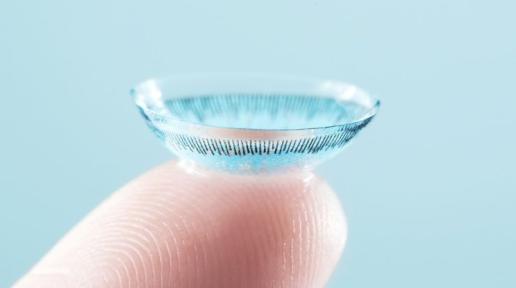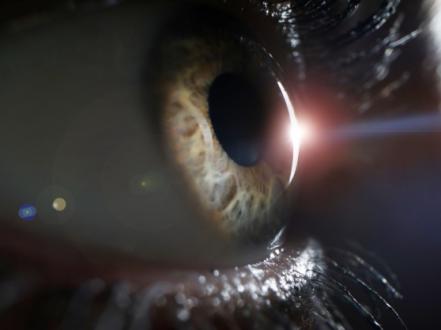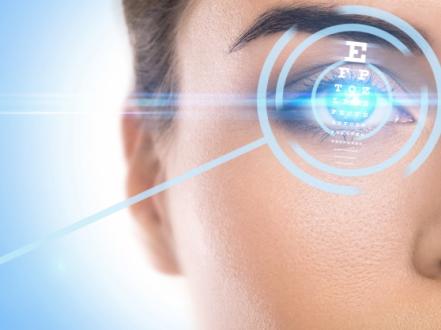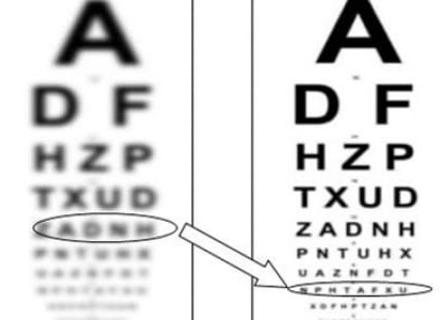Usher syndrome is a rare disorder that affects hearing and vision. It is one of the causes of combined deafness and blindness on the planet. In the last several years, widening public knowledge of genetic vision impairments has been provoked by advances in medical science and growing sensitivity to their impact on victims and their families. This article explores the question: What is the cause of Usher syndrome? It also explores the genetic origins, symptoms, and day-to-day issues posed by this complex condition.
What Causes Usher Syndrome?
Usher syndrome is a hereditary condition that happens when several genes that control the growth and function of sensory cells in the inner ear and retina of the eye change. Some genes, such as MYO7A, USH2A, and CLRN1, have been associated with Usher syndrome.
There are many more genes that have been connected to the condition. These genes are very important for keeping the rod and cone photoreceptors in the retina healthy and working properly. These are the light-sensitive cells that make vision possible. They are also important for keeping the hair cells in the inner ear healthy and working properly. These cells are important for hearing and balance.
The condition is characterized by hearing loss and an eye disease, usually retinitis pigmentosa, which causes visual loss over time. This loss of sensation on both sides typically starts early in life and is most common in children with Usher syndrome.
Different Kinds of Usher Syndrome
It's important to know about the numerous types of Usher syndrome since they all start, worsen, and advance in different ways. There are three main groups:
- Type I is the worst. People with this type have extremely bad hearing loss at birth, visual impairments that start early, and too many vestibular disorders that make it hard for them to keep their balance.
- Type II has moderate to severe hearing loss, generally with stability and established at birth or early childhood. Visual impairment occurs later than in Type I, and vestibular function is generally normal; thus, balance disorders are rare.
- Type III is the rarest and variable, with progressive visual and hearing impairment commencing later in childhood or even adulthood. Vestibular symptoms also worsen over the years.
The existence of vestibular issues is a distinguishing feature in some types of Usher syndrome and is directly to blame for the characteristic balance problems experienced by most patients.
Key Symptoms of Usher Syndrome
The hallmark symptoms of Usher syndrome reflect its double sensory nature:
- Severe deafness or profound loss of hearing is typically congenital or acquired early, depending on the type. This loss may have a profound impact on speech and language if left untreated.
- Vision loss is caused by retinitis pigmentosa, which causes degeneration of rod and cone photoreceptors. Night blindness and inability to perceive in dim light are early manifestations, eventually causing tunnel vision and usher syndrome blindness in some.
- The balance disorder due to vestibular disorder affects coordination and mobility, making daily tasks challenging.
All these symptoms affect communication, mobility, and independence.
How Does Usher Syndrome Affect Daily Life?
Lifelong challenges accompany Usher syndrome. The blend of deafness and blindness necessitates accommodations to communication, education, and independent living. Early diagnosis in children is essential for providing learning spaces and therapy tailored to both sensory impairments.
The balance disorder that accompanies vestibular issues presents yet an additional level of challenge, tending to complicate motor development and enhance the risk of falls. It can impact socialization and physical activity participation, with resulting effects on quality of life.
The progressive nature of blindness demands perpetual adaptation to changed ability. Having access to the best eye doctors' catalog can be invaluable in the ongoing eye health observation and management.
Diagnosis, Treatment, and the Role of Vitamin A
Diagnosis of Usher syndrome typically consists of a mix of audiological evaluations, ophthalmological examinations, and genetic testing to identify the causative mutations. An early and accurate diagnosis allows for enhanced management and planning.
While there is no treatment for Usher syndrome currently, management of symptoms and quality of life is the objective of treatment. Profound hearing loss can be improved through the use of hearing aids, cochlear implants, and assistive listening devices. Eye care includes regular screening and low-vision devices to maximize remaining vision and preserve eye health.
Studies have looked at the use of vitamin A in retarding the progression of retinal degeneration in some patients, although its use must be judiciously controlled due to its toxicity.
Conclusion
Through continued research, improved genetic counseling, and therapeutic improvements, there is optimism for better patient outcomes. In the interim, multidisciplinary treatment by audiologists, ophthalmologists, and other specialists remains central to eye and hearing function. Leveraging resources like the best eye doctors catalog can assist in matching families and patients with specialist providers.






